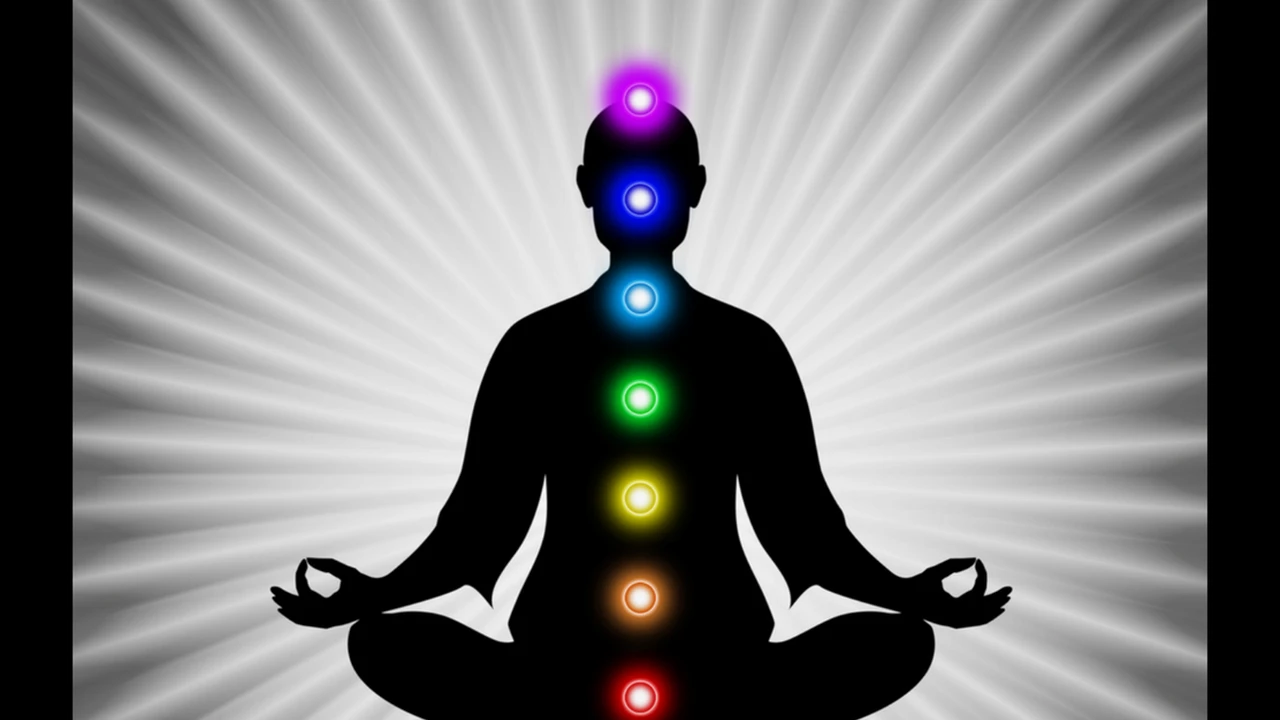Comparing Therapy Options Online vs In Person
Compare therapy options: online vs in-person. Find the best mental health support for your needs and preferences.

Compare therapy options: online vs in-person. Find the best mental health support for your needs and preferences.
Comparing Therapy Options Online vs In Person
Hey there! So, you're thinking about therapy, which is a fantastic step towards taking care of your mental well-being. But then you hit a crossroads: should you go for traditional in-person sessions or dive into the world of online therapy? It's a common dilemma, especially with so many platforms popping up these days. Both options have their unique perks and potential drawbacks, and what works best really depends on your personal situation, preferences, and needs. Let's break it all down, looking at everything from convenience and cost to the quality of connection and specific scenarios where one might shine over the other.
Understanding In-Person Therapy The Traditional Approach to Mental Health Support
When we talk about in-person therapy, we're picturing the classic setup: you, a therapist, and a comfortable office space. This has been the gold standard for decades, and for good reason. There's something inherently powerful about being in the same room as another person, especially when you're discussing deeply personal and often vulnerable topics.
The Benefits of Face-to-Face Interaction in Therapy
One of the biggest advantages of in-person therapy is the non-verbal cues. Think about it: a therapist can pick up on so much more than just your words. Your body language, subtle shifts in expression, even the way you sit or fidget can provide valuable insights into what you're truly feeling. This allows for a richer, more nuanced understanding of your emotional state, which can be crucial for effective treatment. Plus, the physical presence of a therapist can create a stronger sense of connection and trust, making it easier to open up and feel truly heard.
The Importance of a Dedicated Therapeutic Space for Mental Well-being
Another key aspect is the dedicated therapeutic space. Stepping into a therapist's office often feels like entering a sanctuary – a place specifically designed for healing and reflection, free from the distractions of your daily life. This separation can help you mentally switch gears, fully immerse yourself in the session, and leave your worries at the door. It's a clear boundary between your therapy time and everything else, which many people find incredibly beneficial for focus and emotional processing.
Potential Drawbacks of Traditional Therapy Accessibility and Scheduling Challenges
However, in-person therapy isn't without its challenges. Accessibility can be a major hurdle. If you live in a rural area, finding a qualified therapist nearby might be tough. Even in urban areas, transportation can be an issue, especially if you don't drive or public transport isn't convenient. Then there's scheduling. Juggling work, family, and other commitments to fit in a weekly appointment can be a logistical nightmare. And let's not forget the cost – traditional therapy can be quite expensive, and insurance coverage varies widely.
Exploring Online Therapy The Modern Solution for Mental Health Care
Now, let's shift gears to online therapy, which has really taken off, especially in recent years. This involves connecting with a therapist through video calls, phone calls, or even text messages, all from the comfort of your own home or wherever you have an internet connection.
The Convenience and Flexibility of Virtual Therapy Sessions
The number one selling point of online therapy is undoubtedly convenience. No commuting, no traffic, no waiting rooms. You can have your session during your lunch break, after the kids are asleep, or even while traveling. This flexibility makes it much easier to integrate therapy into a busy lifestyle. It also opens up access to a wider pool of therapists, meaning you're not limited by geographical location and can find someone who specializes in exactly what you need, even if they're across the country.
Addressing Privacy and Confidentiality in Online Mental Health Platforms
A common concern with online therapy is privacy and confidentiality. Reputable platforms use secure, encrypted connections to protect your data and ensure your sessions are private. Therapists are also bound by the same ethical and legal standards as their in-person counterparts. However, it's crucial to ensure you're in a private space during your session to prevent anyone else from overhearing. Using headphones can be a great way to enhance privacy.
Cost Effectiveness and Broader Access to Mental Health Professionals
Online therapy can often be more cost-effective than in-person sessions. Many platforms offer subscription models or tiered pricing, and some even have financial aid options. This can make mental health support more accessible to a broader range of people. Plus, the increased availability of therapists means you might find more competitive pricing.
Comparing Key Aspects In-Person vs Online Therapy for Your Needs
Let's put them side-by-side and see how they stack up on some crucial factors.
Therapeutic Relationship Building Connection and Trust
For many, the depth of the therapeutic relationship is paramount. In-person therapy often fosters a strong, immediate connection due to the shared physical space and non-verbal cues. However, don't underestimate online therapy here. Many people report building incredibly strong and effective relationships with their online therapists. It might take a little longer for some to feel that same level of connection through a screen, but it's definitely achievable. It often comes down to the individual therapist's skill and your own comfort level with virtual communication.
Effectiveness for Different Mental Health Conditions
Both modalities have proven effective for a wide range of mental health conditions. For mild to moderate anxiety, depression, stress management, relationship issues, and grief, online therapy can be just as effective as in-person. Studies have consistently shown comparable outcomes. However, for more severe conditions like psychosis, severe personality disorders, or situations requiring crisis intervention, in-person therapy might be more appropriate due to the need for immediate, hands-on support and a more controlled environment.
Technology Requirements and Potential Technical Glitches
Online therapy, by its very nature, relies on technology. You'll need a stable internet connection, a device with a camera and microphone (like a smartphone, tablet, or computer), and a quiet, private space. While technology generally works smoothly, there's always the risk of technical glitches – a dropped call, a frozen screen, or audio issues. These can be frustrating and disrupt the flow of a session. In-person therapy, of course, doesn't have these tech-related worries.
Privacy Concerns and Creating a Safe Environment
We touched on this earlier, but it's worth reiterating. While online platforms are designed with security in mind, your personal environment plays a huge role in maintaining privacy. If you live with family or roommates, finding a truly private spot for your session can be a challenge. In-person therapy inherently provides that private, neutral space. It's about weighing the convenience of being at home against the guaranteed privacy of a therapist's office.
Specific Scenarios When One Option Shines Over the Other
Let's look at some situations where one type of therapy might be a better fit.
When In-Person Therapy is the Preferred Choice
If you're dealing with severe mental health conditions, require crisis intervention, or have a history of self-harm, in-person therapy is generally recommended. The immediate physical presence of a therapist can be crucial in these situations. Also, if you struggle with technology, prefer a clear separation between your home and therapy life, or simply feel more comfortable with face-to-face interaction, traditional therapy might be your best bet. Some people also find the ritual of going to an appointment helpful for their mental state.
When Online Therapy Offers Unique Advantages
Online therapy is a game-changer for people with busy schedules, those living in remote areas, or individuals with mobility issues. If you travel frequently, online therapy allows for continuity of care. It's also excellent for people who might feel anxious about going to a physical office or prefer the anonymity that a screen can provide initially. Parents with young children, caregivers, or anyone with limited free time often find online therapy to be a lifesaver. It also expands your options for finding a therapist who specializes in a very niche area, regardless of their location.
Popular Online Therapy Platforms A Comparative Look
If you're leaning towards online therapy, there are several reputable platforms out there. Here's a quick rundown of some popular ones, keeping in mind that features, pricing, and therapist availability can vary.
BetterHelp Comprehensive Online Counseling Services
BetterHelp is one of the largest and most well-known online therapy platforms. They offer access to licensed therapists, counselors, psychologists, and social workers. You can communicate via text, live chat, phone, or video sessions. They match you with a therapist based on your needs and preferences, and you can switch therapists if it's not a good fit. Pricing is typically a weekly subscription, billed monthly, ranging from about $60 to $90 per week, depending on your location and therapist availability. They often have financial aid options. BetterHelp is great for general mental health concerns like anxiety, depression, stress, and relationship issues. It's very user-friendly and offers a lot of flexibility in communication methods.
Talkspace Text Video and Audio Therapy Options
Talkspace is another big player, offering similar services to BetterHelp. They emphasize text-based therapy, allowing you to send messages to your therapist anytime, and also offer live video and audio sessions. Their plans vary, with different tiers for messaging-only, live sessions, or a combination. Prices can range from around $69 to $129 per week, billed monthly. Talkspace is often covered by some insurance plans, which is a big plus. It's particularly good for those who prefer asynchronous communication or have very busy schedules that make live sessions difficult to commit to regularly.
Amwell Telehealth for Therapy and Medical Consultations
Amwell (American Well) is a broader telehealth platform that includes therapy services alongside medical consultations. This can be convenient if you're looking for a one-stop shop for various health needs. For therapy, they offer video sessions with licensed therapists. Pricing is usually per session, ranging from $99 to $120 for a 45-minute session, depending on the therapist's qualifications. Amwell is often covered by major health insurance providers, making it a good option if you want to use your insurance benefits. It's a solid choice for those who prefer a more traditional session-by-session payment model and might also need other telehealth services.
MDLive Integrated Mental Health and Primary Care
Similar to Amwell, MDLive offers both mental health and primary care services. They provide video and phone consultations with licensed therapists and psychiatrists. This platform is particularly useful if you're looking for psychiatric medication management in addition to therapy, as they have psychiatrists on staff. Therapy sessions typically cost around $108 for an initial visit and $75 for follow-ups, while psychiatry visits are higher. MDLive also works with many insurance plans. It's a good option for those seeking integrated care, especially if medication is a consideration.
Open Path Collective Affordable Therapy for Low Income Individuals
If cost is a significant barrier, Open Path Collective is a fantastic resource. It's a non-profit organization that connects clients with licensed mental health professionals who offer in-person and online therapy sessions at a significantly reduced rate. Sessions typically cost between $30 and $60. To qualify, clients must have an annual household income below $100,000 and lack adequate mental health insurance coverage. This platform is specifically designed to make therapy accessible to those who might otherwise be unable to afford it, making it an invaluable resource for many.
Making Your Decision Finding the Right Fit for Your Mental Health Journey
So, how do you choose? It's not about one being inherently better than the other; it's about finding the best fit for you right now. Here are some questions to ask yourself:
- What's your budget? Online therapy can sometimes be more affordable, but check insurance coverage for both.
- How important is convenience? If your schedule is packed or you have mobility issues, online therapy wins.
- How do you feel about technology? Are you comfortable with video calls, or do you prefer a tech-free zone for therapy?
- What are your privacy concerns? Can you create a truly private space at home for online sessions?
- What's the severity of your concerns? For more severe issues, in-person might offer more comprehensive support.
- How do you build rapport? Do you feel you connect better with people face-to-face, or are you fine with virtual interactions?
- What are your local options? Is there a good selection of in-person therapists near you, or are your options limited?
It's also perfectly fine to try one and switch if it's not working out. Many people even combine approaches, perhaps starting with online therapy for convenience and then transitioning to in-person if they feel the need for a deeper connection or more intensive support. The most important thing is that you're taking steps to prioritize your mental health. Whether it's through a screen or across a room, finding a therapist who you connect with and who can support you on your journey is what truly matters. Good luck on your path to well-being!
:max_bytes(150000):strip_icc()/277019-baked-pork-chops-with-cream-of-mushroom-soup-DDMFS-beauty-4x3-BG-7505-5762b731cf30447d9cbbbbbf387beafa.jpg)





